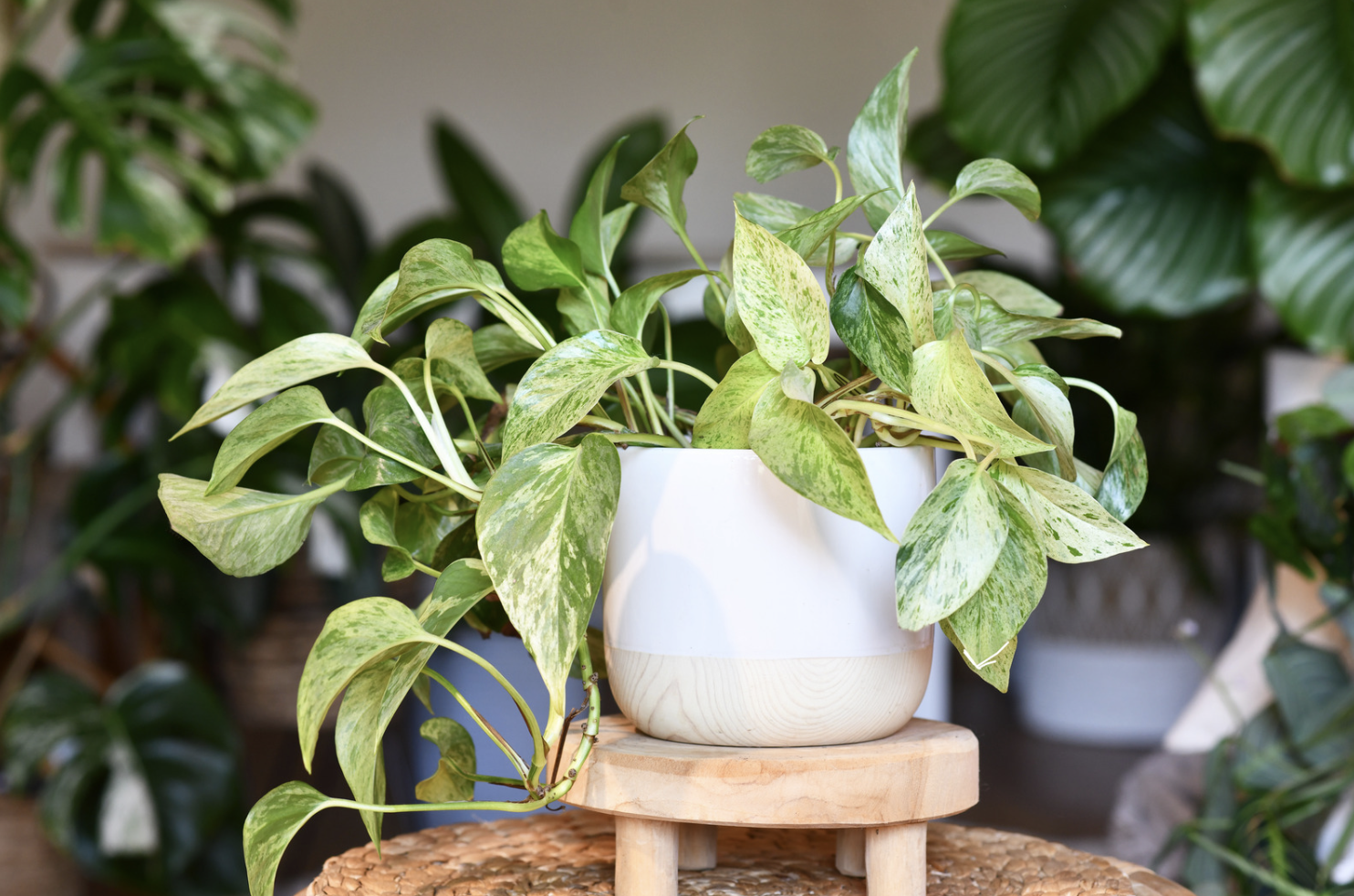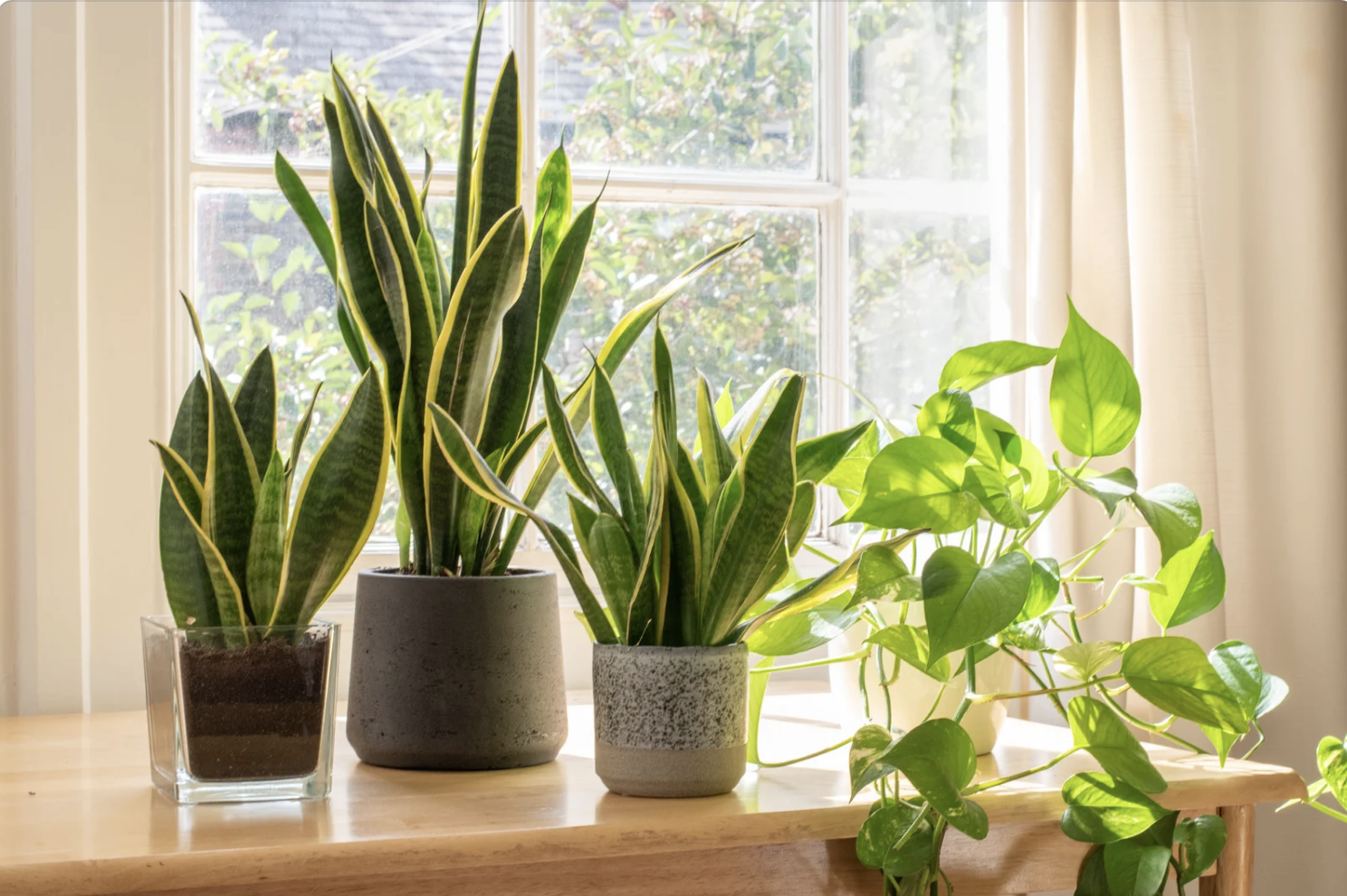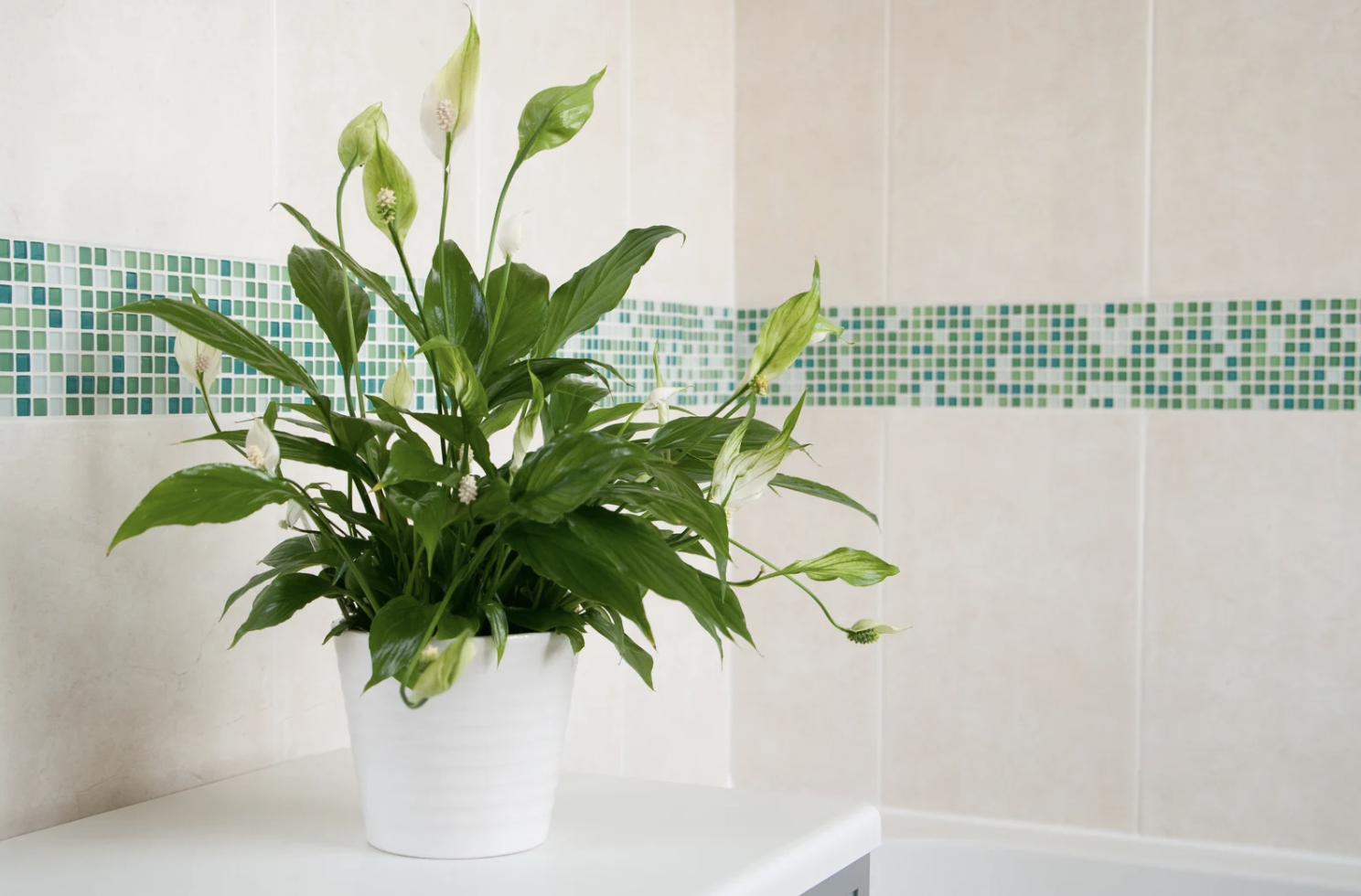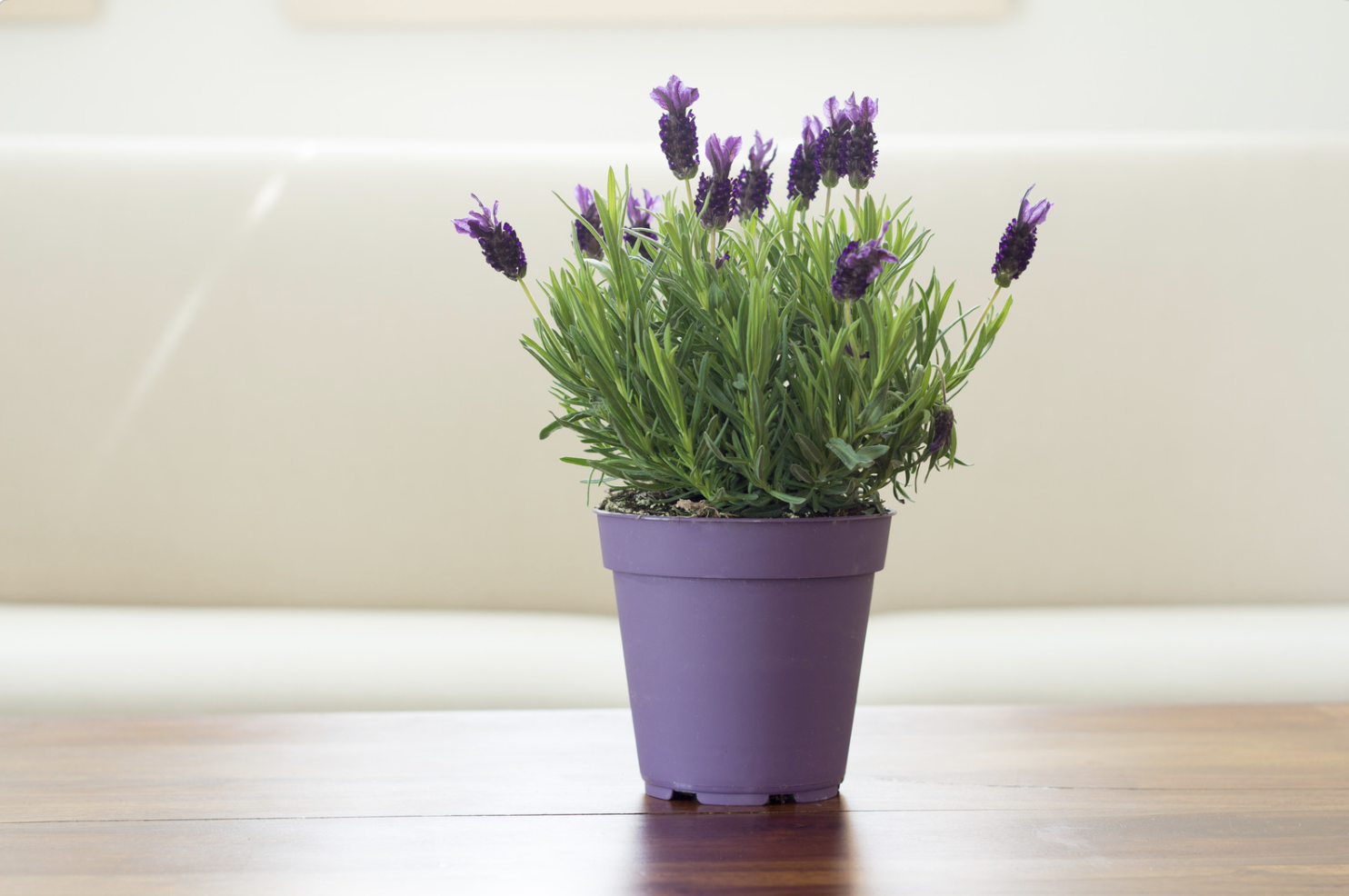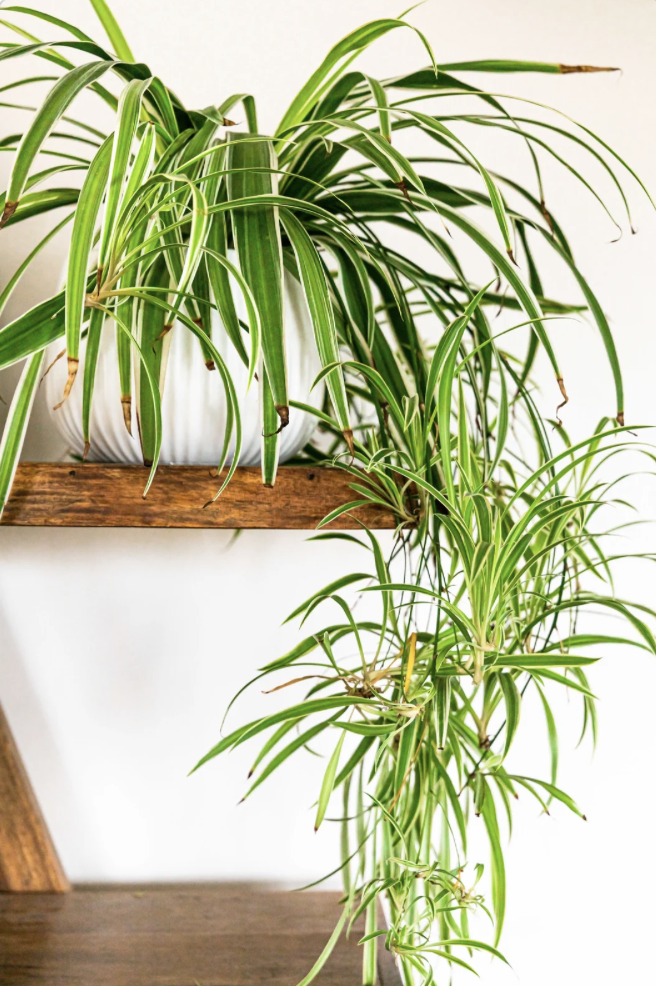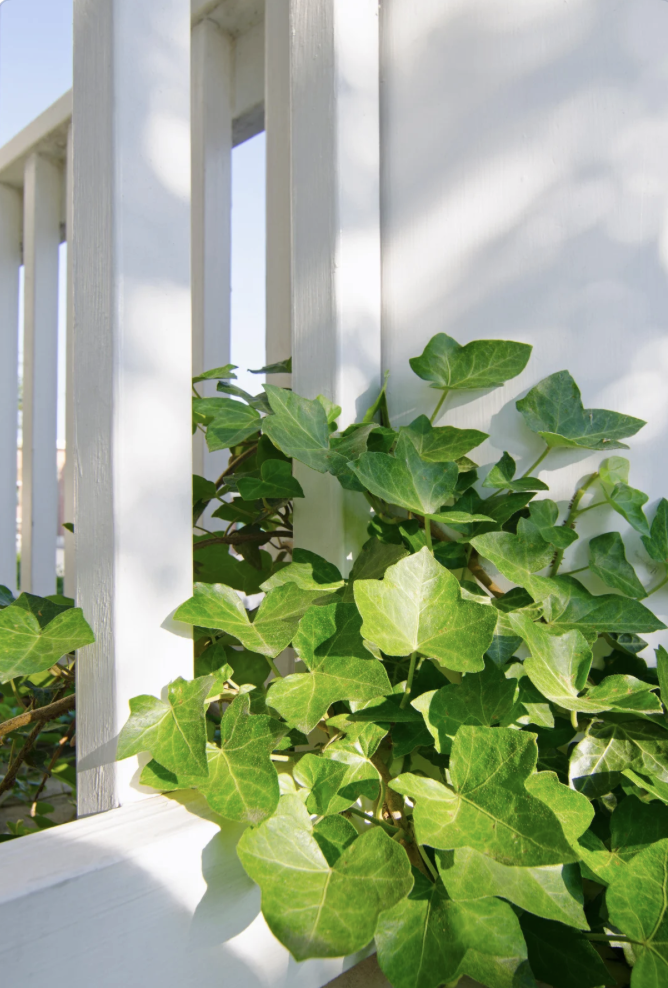Houseplants With Benefits
Let’s face it—houseplants have become the unofficial therapists of the home. They listen without judgment, never interrupt and ask for nothing but the occasional watering and maybe some small talk.
But these leafy friends offer more than just aesthetic appeal. Some can actually clean your air, calm your nerves and support an anti-inflammatory environment. Yep - that pothos plant on your bookshelf might be doing more than just looking pretty, and your fiddle leaf fig may be more than just an Instagram backdrop - they may be helping your health.
So let’s take a closer look at a few popular green-leafed friends.
The Snake Plant
Back in the 1980s, NASA—yes, that NASA—conducted the Clean Air Study to identify plants that could purify the air in space stations. Turns out, certain houseplants naturally filter out toxins like formaldehyde, benzene and trichloroethylene—things you'd rather not be breathing in while sipping your morning tea.
Take the snake plant (Dracaena trifasciata), for example. Also known as mother-in-law’s tongue, it’s a hardy, sculptural beauty that works overtime at night to release oxygen, making it a perfect bedroom companion for better sleep and reduced stress. No snoring, no tossing and turning - just clean air.
But be aware - snake plants are toxic to dogs and cats if ingested. So keep this plant high on a shelf or in a hanging basket.
Peace Lilies
Another green MVP? Peace lilies (Spathiphyllum). These graceful, low-light plants don’t just absorb airborne toxins—they also boost humidity, which helps soothe dry skin and respiratory inflammation. That’s right - peace lilies might actually help reduce the kind of environmental stress that contributes to inflammation flare-ups. Keep them in a bright bathroom or shaded corner, and they’ll thrive with minimal fuss - kind of like the ideal roommate. LOL
Peace lilies are another plant that aren’t safe for pets. The leaves contain calcium oxalate crystals that can irritate the mouth and digestive tract if chewed. So again - if you have pets, keep this one up high.
It’s Lavender Time
If stress is your main concern, bring home a lavender plant (Lavandula angustifolia). Though often associated with garden beds and sunny fields, lavender can also do really well indoors with a south-facing window and a little care.
Its fragrant oils have been studied for their ability to reduce anxiety, lower heart rate and even ease inflammation when inhaled regularly. Just brushing your hand over the plant releases calming compounds. Who needs a candle when your plant is doing aromatherapy on demand?
Spider Plants & English Ivy
Don’t overlook the humble spider plant (Chlorophytum comosum), either. Not only does it filter air pollutants like carbon monoxide and formaldehyde, but it’s also virtually un-killable - perfect for the “I don’t have a green thumb” crowd. And it produces little “pups” you can replant and gift - free therapy for your friends!
And English ivy (Hedera helix), with its beautiful trailing vines, is more than just pretty. It’s known for filtering indoor air pollutants like benzene, formaldehyde and mold spores - making it a solid choice for cleaner, calmer indoor environments.
But once again, English ivy is toxic to pets. So keep it away from your furry friends.
Houseplants are Silent Partners
Houseplants aren’t just for decoration or to fill that empty corner. They're silent partners in your wellness journey, actively improving air quality, lowering stress, and reducing inflammation triggers - all while making your home feel like an earthy retreat. So next time you're tempted to buy yet another throw pillow, maybe swap it for a plant with benefits instead. Your lungs - and your nervous system - will thank you.
And remember that NASA Clean Air Study I mentioned? Here’s a link to NASA’s compilation of the best house plants to clean indoor air. You can find out all about these plants {HERE}.
Happy breathing!

